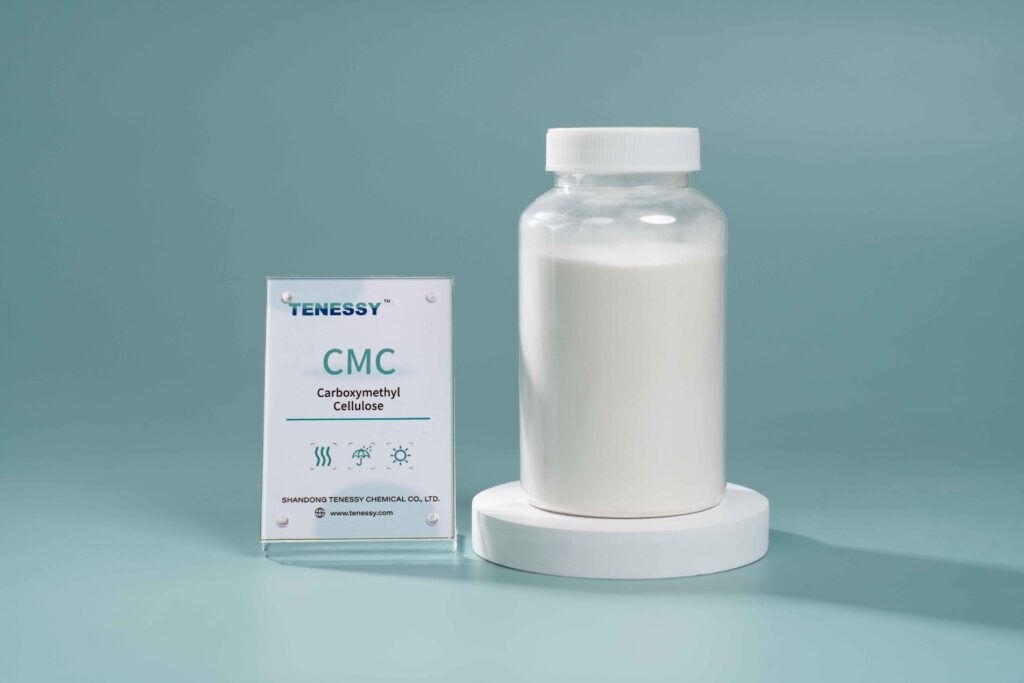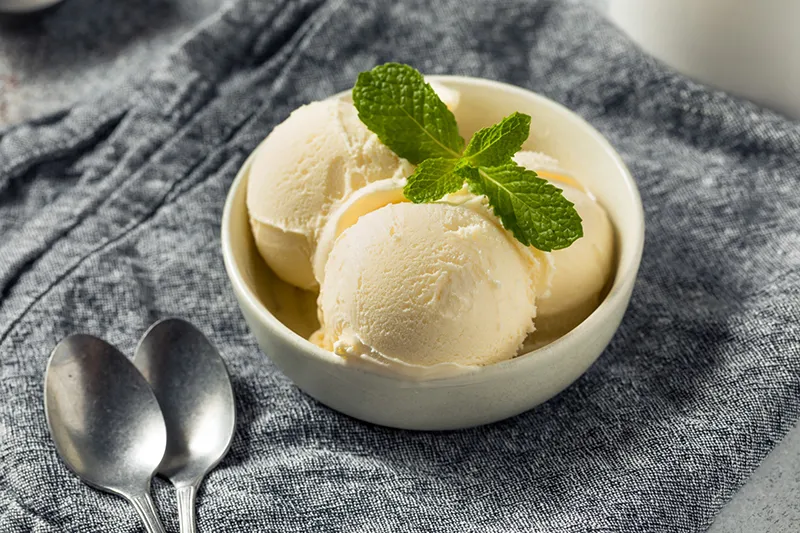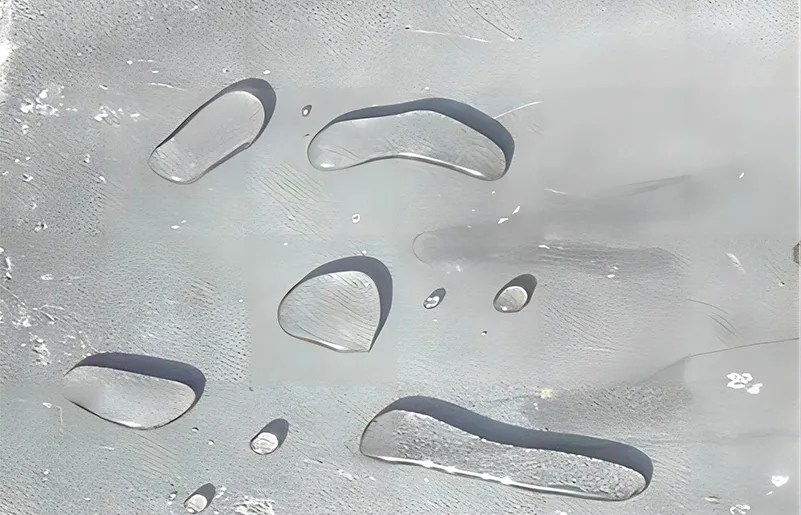
I. Overview of Carboxymethyl Cellulose Powder

II.Applications of CMC Powder in Ice Cream

1. When the pH is greater than the isoelectric point of proteins, CMC can form a composite structure with proteins. This structure not only enhances the stability of the emulsion but also helps maintain the shape of the ice cream structure.
2. CMC can be used in combination with various other stabilizers (xanthan gum, guar gum, carrageenan, starch, maltodextrin, etc.) and exhibits synergistic effects.
Synergistic effects of maltodextrin and starch with CMC
| Sample | Water Viscosity | B-type Speed | B | NDJ79 Viscosity(cP) |
|---|---|---|---|---|
| CMC | 1% | 0.6 | 720 | 210 |
| 60 | 452 | |||
| Maltodextrin | 20% | 60 | 6.9 | |
| CMC Maltodextrin(1:20) | 21% | 60 | 1234 | 430 |
| 0.6 | 2400 | |||
| Starch | 10% | 60 | 68.2 | 78 |
| 0.6 | 150 | |||
| CMC Starch(1:10) | 11% | 6 | 74300 | 2700 |
| 0.6 | 253000 |
3. Blending CMC with Other Stabilizers
(1) To enhance water retention and prevent crystallization, use sodium alginate or gelatin.
(2) For a smooth, creamy texture, good melt resistance, and improved taste, blend with carrageenan or guar gum.
4. Emulsifying Properties of CMC
5. Advantages of CMC in Ice Cream Processing
CMC viscosity exhibits reversibility at different temperatures: as temperature increases, solution viscosity decreases, reducing energy consumption during ice cream pasteurization; as temperature decreases, viscosity increases, enhancing ice cream expansion rate during freezing.
However, at high temperatures, especially when exposed to temperatures above 50°C for extended periods, the viscosity of low-quality CMC may irreversibly decrease. Ice cream pasteurization typically uses a 70–80°C, 30-minute pasteurization process. Under such conditions, the viscosity of CMC from most manufacturers decreases significantly after 30 minutes at 80°C.
6. Pseudoplasticity of CMC Solutions
CMC viscosity decreases in the presence of shear force, and the viscosity value decreases as the shear force increases. This property is advantageous for reducing energy consumption and improving homogenization efficiency during homogenization, mixing, and pipeline transportation of ice cream products. On the other hand, when ice cream is consumed, the shear force generated by the tongue’s chewing action makes the product feel smooth and refreshing, which is beneficial for flavor release.
7. Molecular Structure of CMC
From the internal structure of CMC molecules: CMC molecules contain a large number of hydrophilic groups—COO-, OH—which is highly advantageous for improving the melt resistance of ice cream products.
III.Application of CMC Powder in Acidic Milk

1. The pH value of general acidic milk ranges between 3.8 and 4.2. When the pH is below the isoelectric point of proteins, CMC can form a stable composite structure with proteins, which helps improve the stability of liquid milk and the resistance of proteins.
2. Acid resistance of CMC
As the substitution degree of CMC increases, its acid resistance also increases. When the substitution degree is ≥0.8, acid resistance significantly improves, and when it is ≥0.9, acid resistance is excellent, making it suitable for acidic beverages. The acid resistance of CMC is often expressed as the acid-viscosity ratio. When the acid-viscosity ratio of a 2% CMC solution is ≥0.8, it indicates good acid resistance.
3. Application of CMC in fermented milk
CMC does not affect the activity of the fermentation agent. A comparative fermentation experiment was conducted between milk containing 0.3% CMC and milk without CMC. After 4 hours, the acidity was 87°T, with no significant differences in texture and no whey separation observed.
4. Often overlooked factors affecting milk stability
(1) Raw milk
Content: Typically between 30-50%. If the milk content exceeds 50%, the resulting acidic milk solution will have poor stability.
Quality: Milk testing positive for 75% alcohol must not be used, as such milk has poor protein stability and weak acid resistance.
(2) Viability, type, and presence of contaminants in the bacterial strain (for making lactobacillus beverages)
Poor bacterial strain viability and high levels of contaminants directly result in excessive whey production during fermentation, loose texture, and poor stability of the final beverage.
(3) Ingredient considerations
A. The HLB value of the emulsifier blend should be controlled around 9.
B. The final acidity of the milk solution should be set at 60°C, with soluble solids at 8%.
C. Raw materials should be fully dissolved.
D. When adjusting acidity, the temperature of the milk solution and acid solution should be around 20°C, with the acid solution added continuously within 1.5–2 minutes. The acid solution concentration is generally 2–10%, with lower concentrations being preferable.













